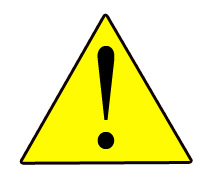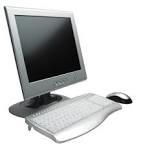EHR Benefits are Visible
It is now becoming even more apparent that EHR as a whole is positively impacting the healthcare industry.
Specifically, when it comes to EHR alerts, these benefits are highly visible. Now, with new EHR alert systems in place, results are being seen in a variety of areas. One area is HIV testing. The implementation of EHR alert and documentation has increased regular HIV testing rates at multiple facilities. Two places that have seen astounding results from EHR alerts are New Orleans and New York City. This news of increased HIV testing rates due to EHR alerts can only bolster the health IT industry and lead to more screening of this disease, but also others. There is a clear, strong, future for the use of EHR alerts in modern health care.
See some results from the use of alerts in New Orleans and New York:
-
LSU Hospital - in the emergency dept. rise from 17% in 2012 to 26% in Dec. 2013 for HIV screening
-
In New Orleans urgent care center - rise from 3% in 2012 to 17% in Dec. 2013
-
Urban Health Plan with 16 facilities in New York City saw an increase in HIV testing from 8% to 56% over a three year period




